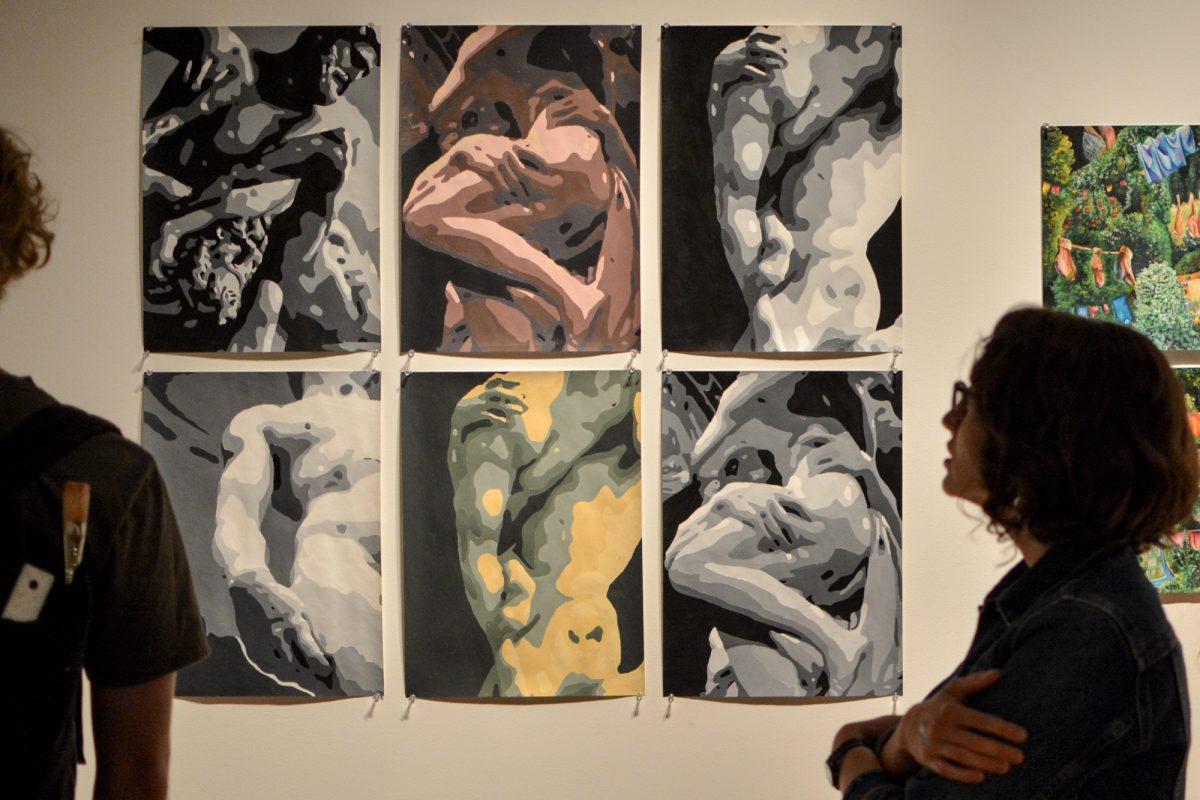On Tuesday evening, students and professors attended ‘Andiamo’, an exhibition of artwork from University of Texas study abroad program, Learning Tuscany. The event was held UT’s Visual Arts Center and the atmosphere was buoyant. The exhibit gave students from the program a chance to reunite, while those in the larger Fine Arts community were given the opportunity to see work created in the historical hotbed of art, Italy.
Story by Katarina Brown
Photos by Ashley Ephraim
Learning Tuscany is a six-week study abroad program over the summer, but what makes it unique is the requirement that students create work outside of the usual parameters of essays or tests. Instead, each student, regardless of major, is required to create an art piece. ‘Andiamo’ represented the culmination of the program, where the students’ final work was presented in a professional space.
This dedication to creativity was not always present within the program’s history. Although the program began over 30 years ago, it did not narrow its focus and acquire the name “Learning Tuscany” until 2006..
“After 2005, we split from the overarching study abroad program, Study in Italy,” program director Ann Johns says. “We made the program more local. The idea is that you get to know a place, a region.”
While doing this, students are required to create in whatever way they feel most inspired.
“The professor gives no set assignments,” senior and program participant Abi Hernandez explains. “Students can create what they want.”
The program isn’t restricted to art majors, and in fact attracts a surprisingly wide variety of disciplines.
“About a quarter of the places on the program are reserved for non-majors,” Johns says. “We had a lot of different majors this summer in particular. Art, Art History, Plan II, and astrophysics were just a few of the majors represented.”
The art itself is just as wide-ranging. A metal sculpture created by senior visual art studies major Hannah Reed dominated the room while assorted works on paper, each utilizing a different medium depending on the student’s preference, hung on the walls.
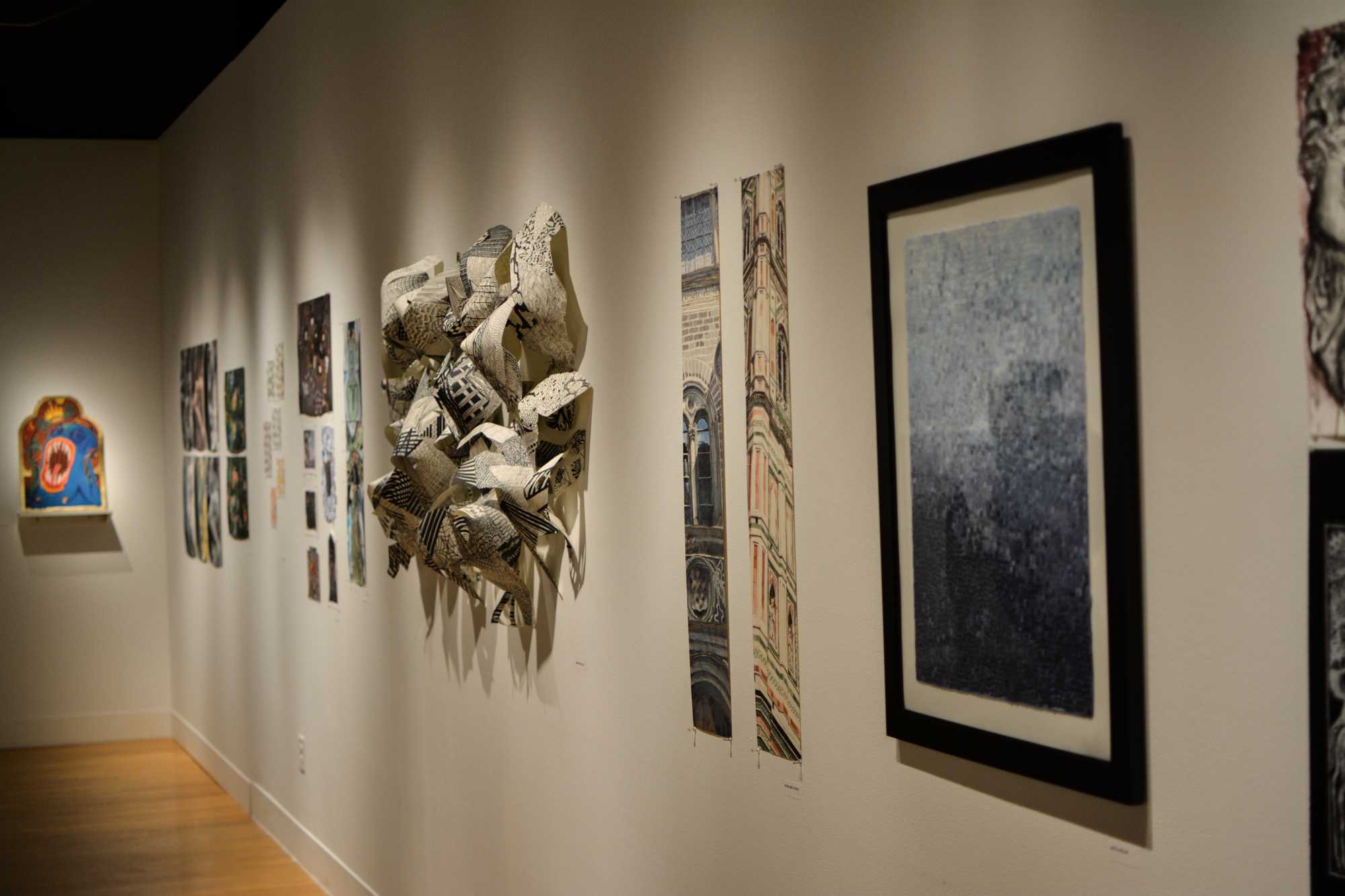
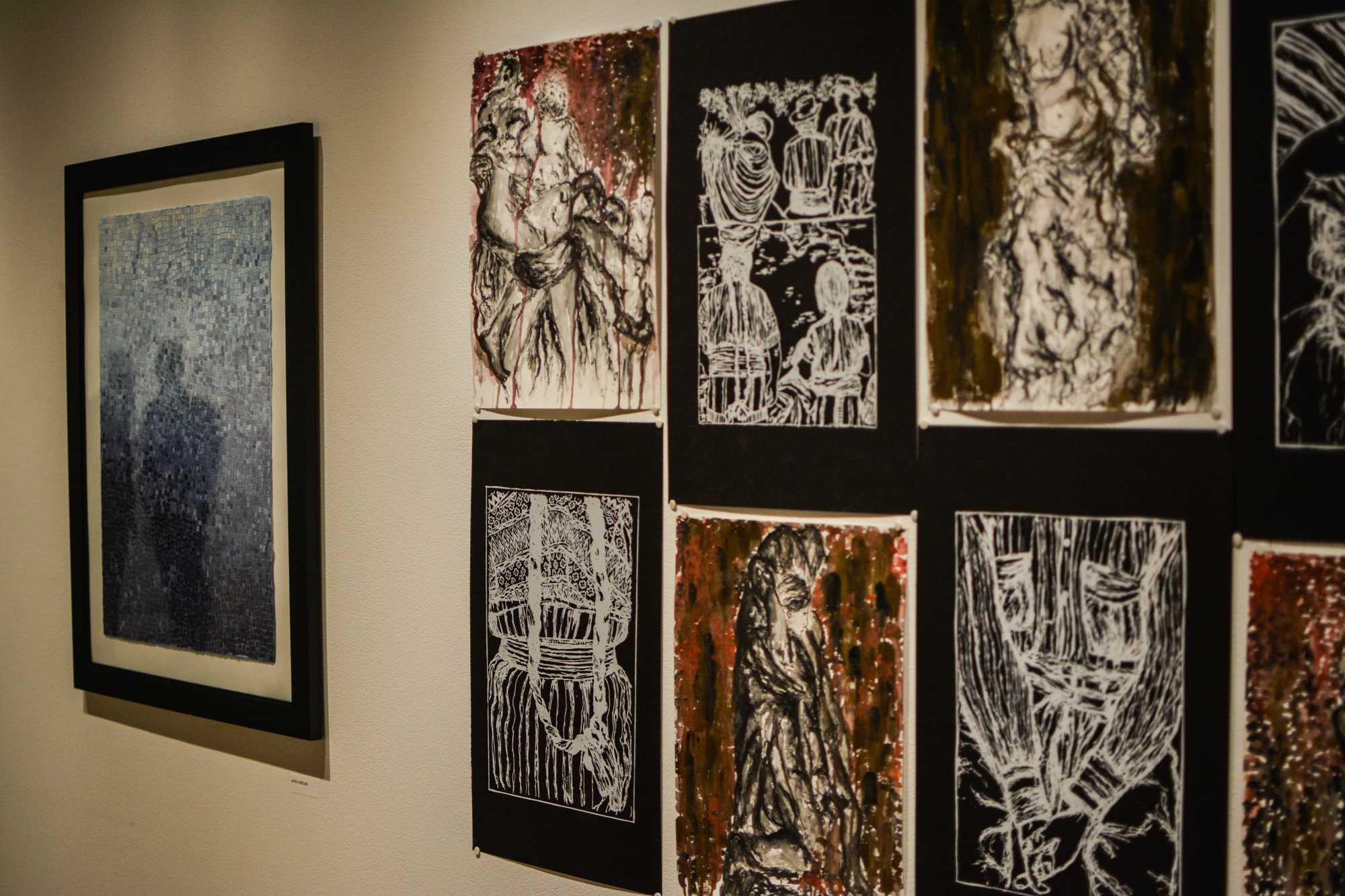
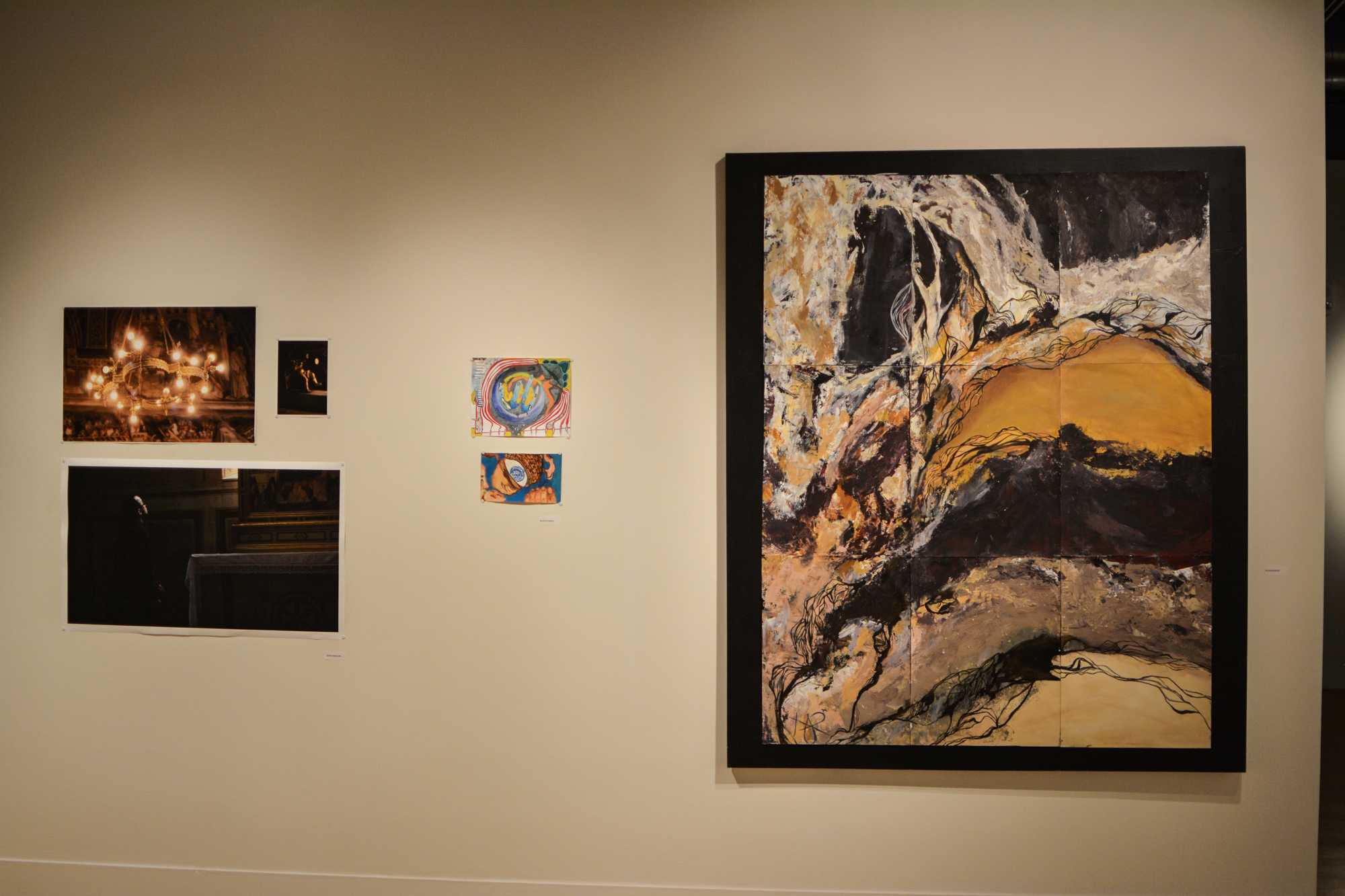
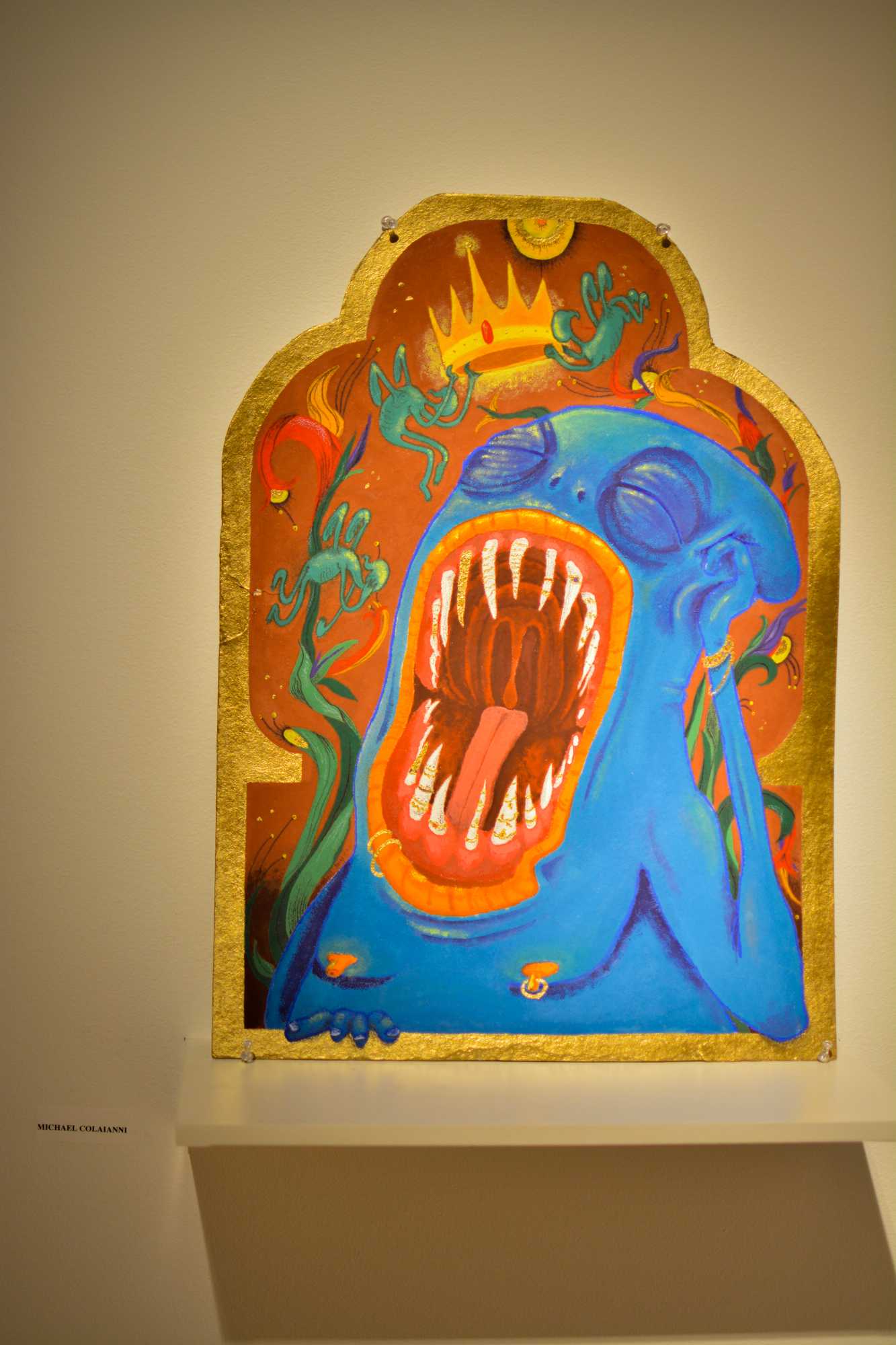
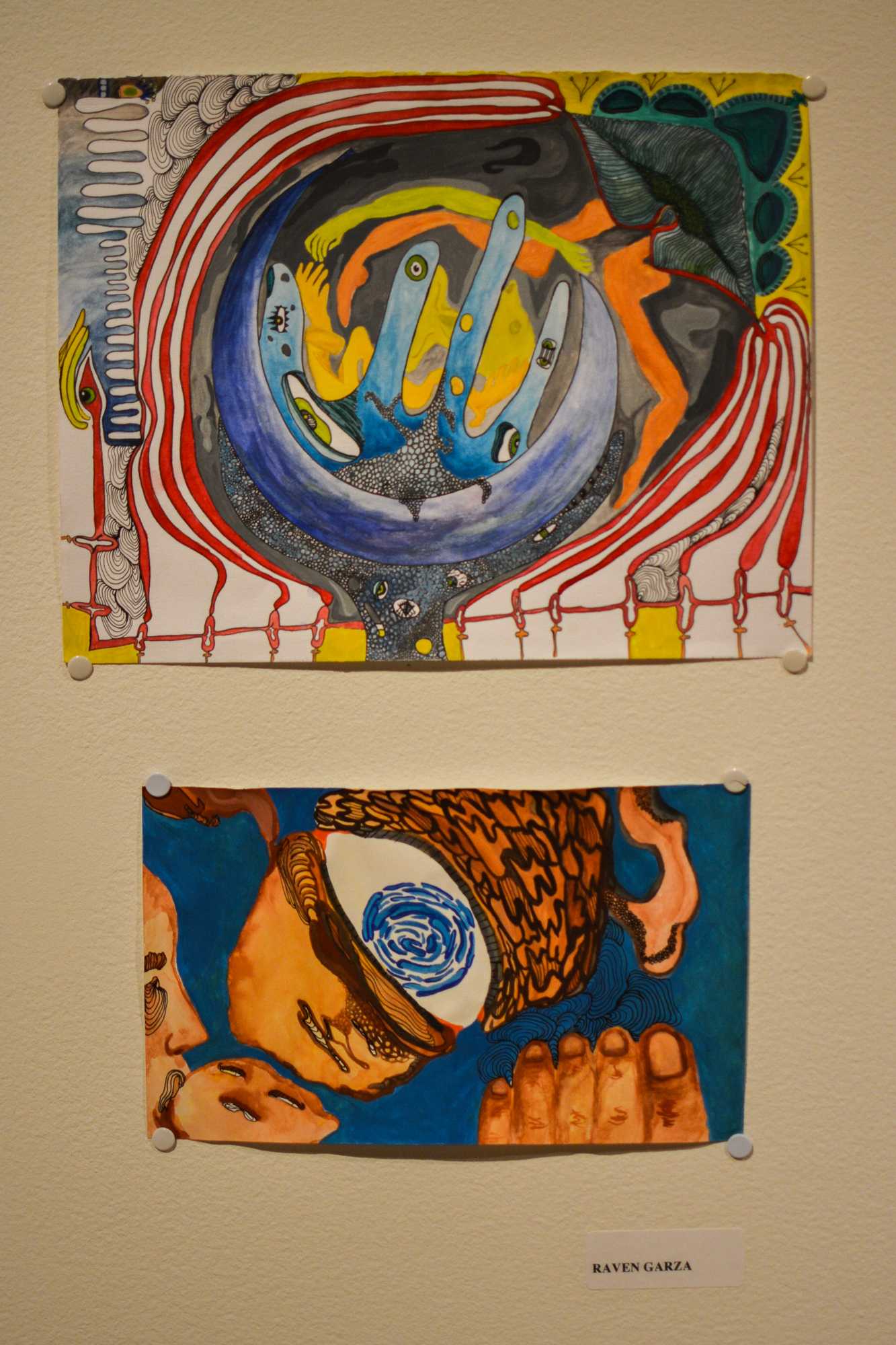
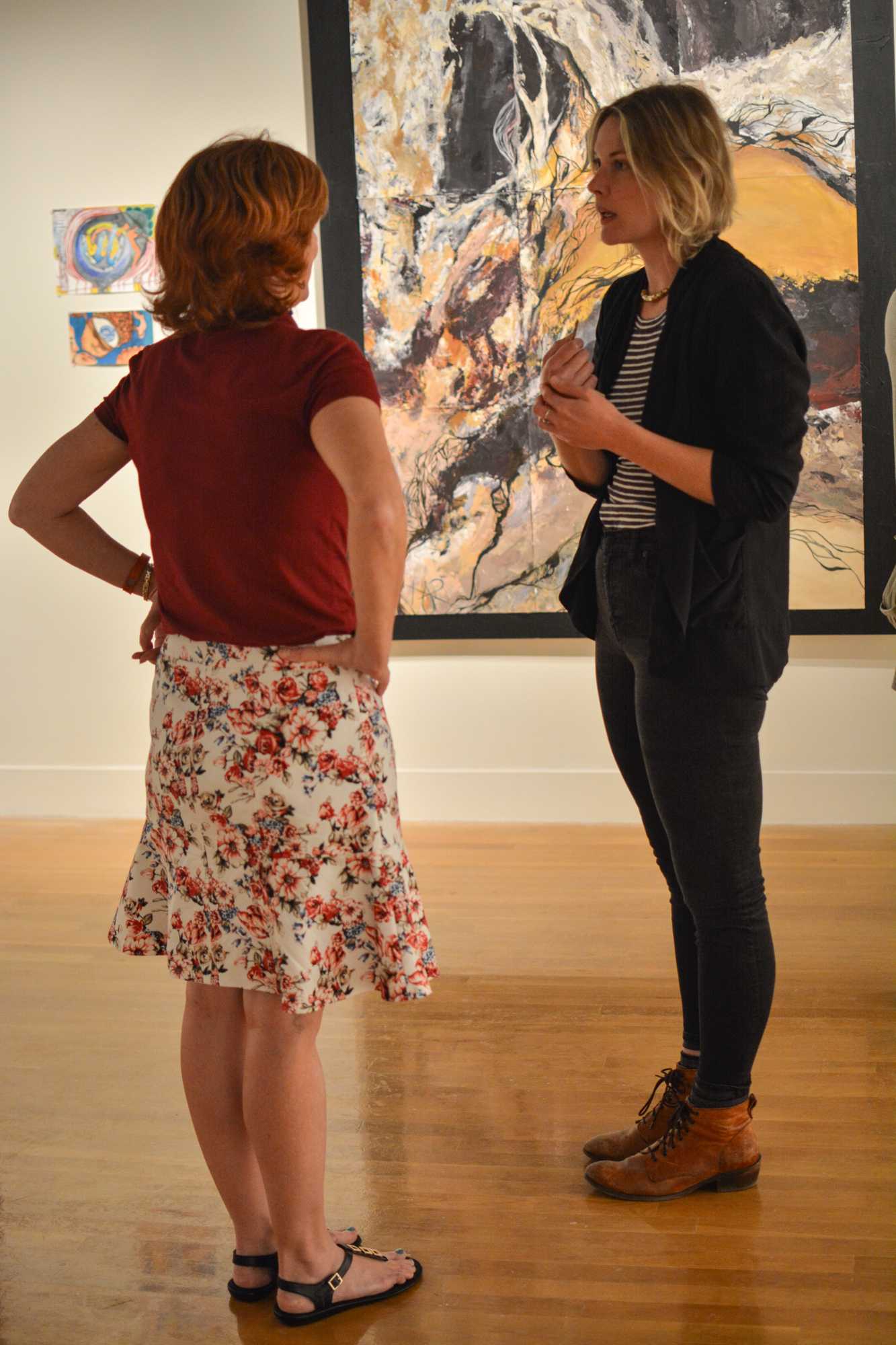
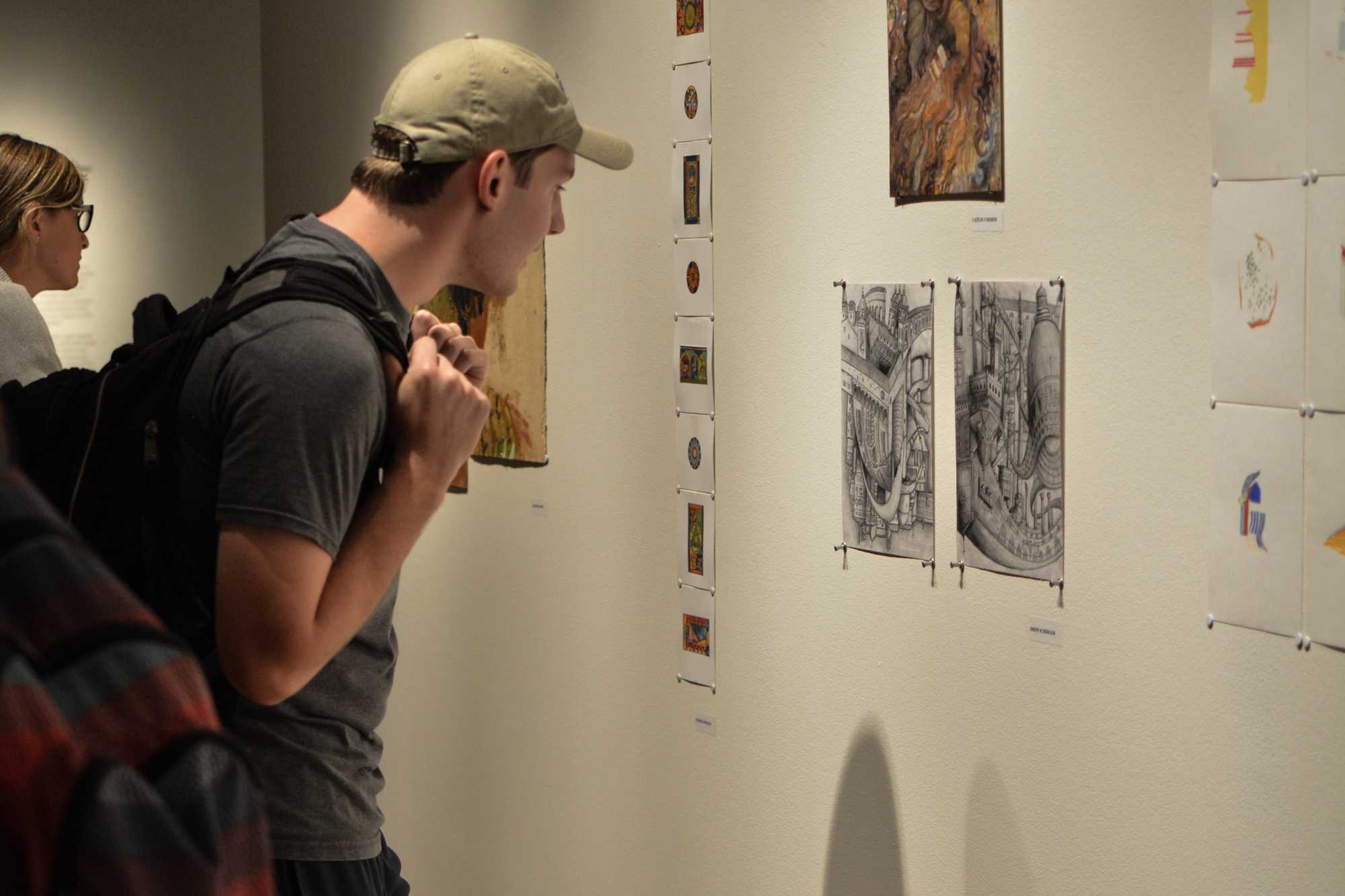
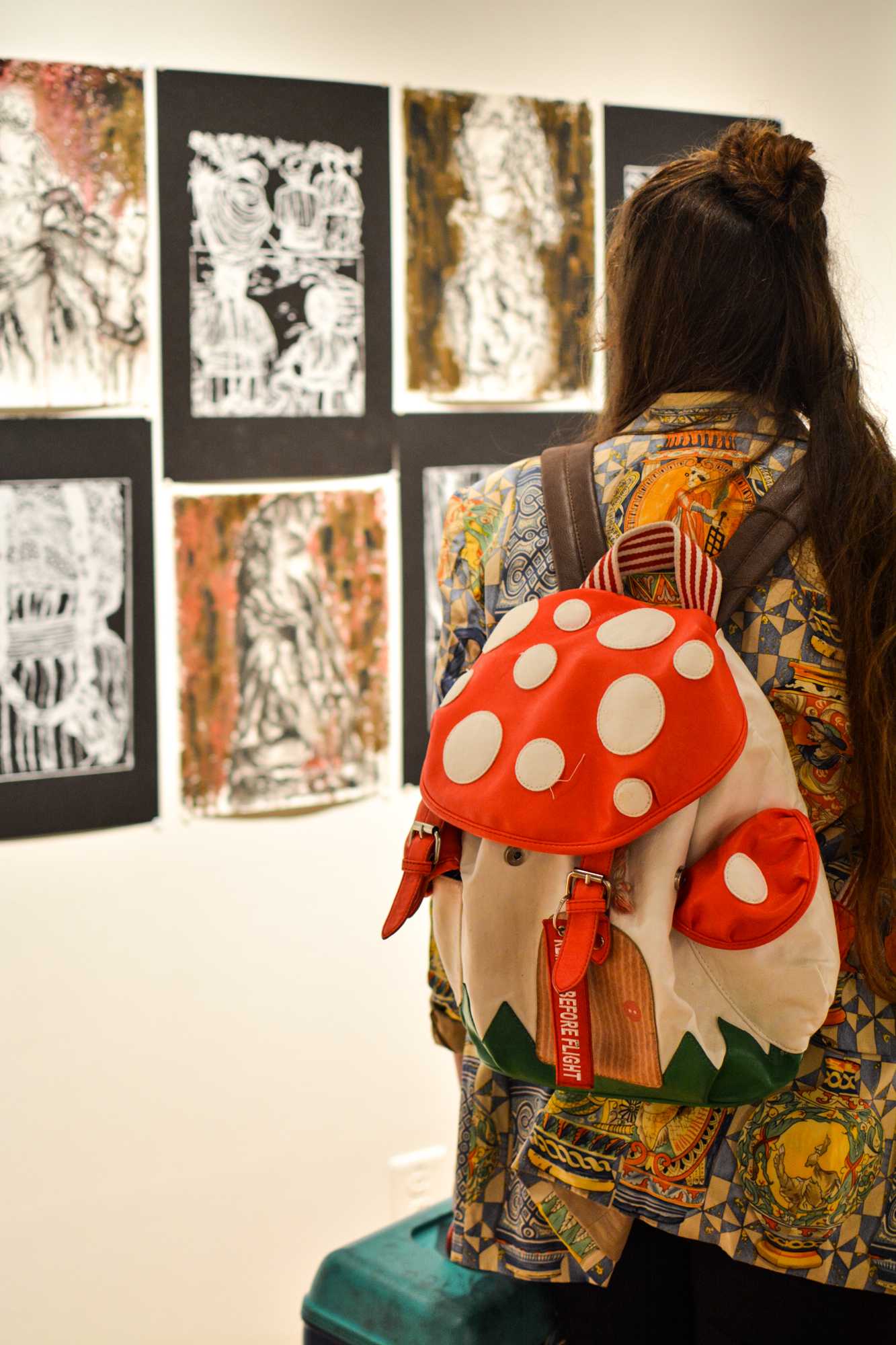

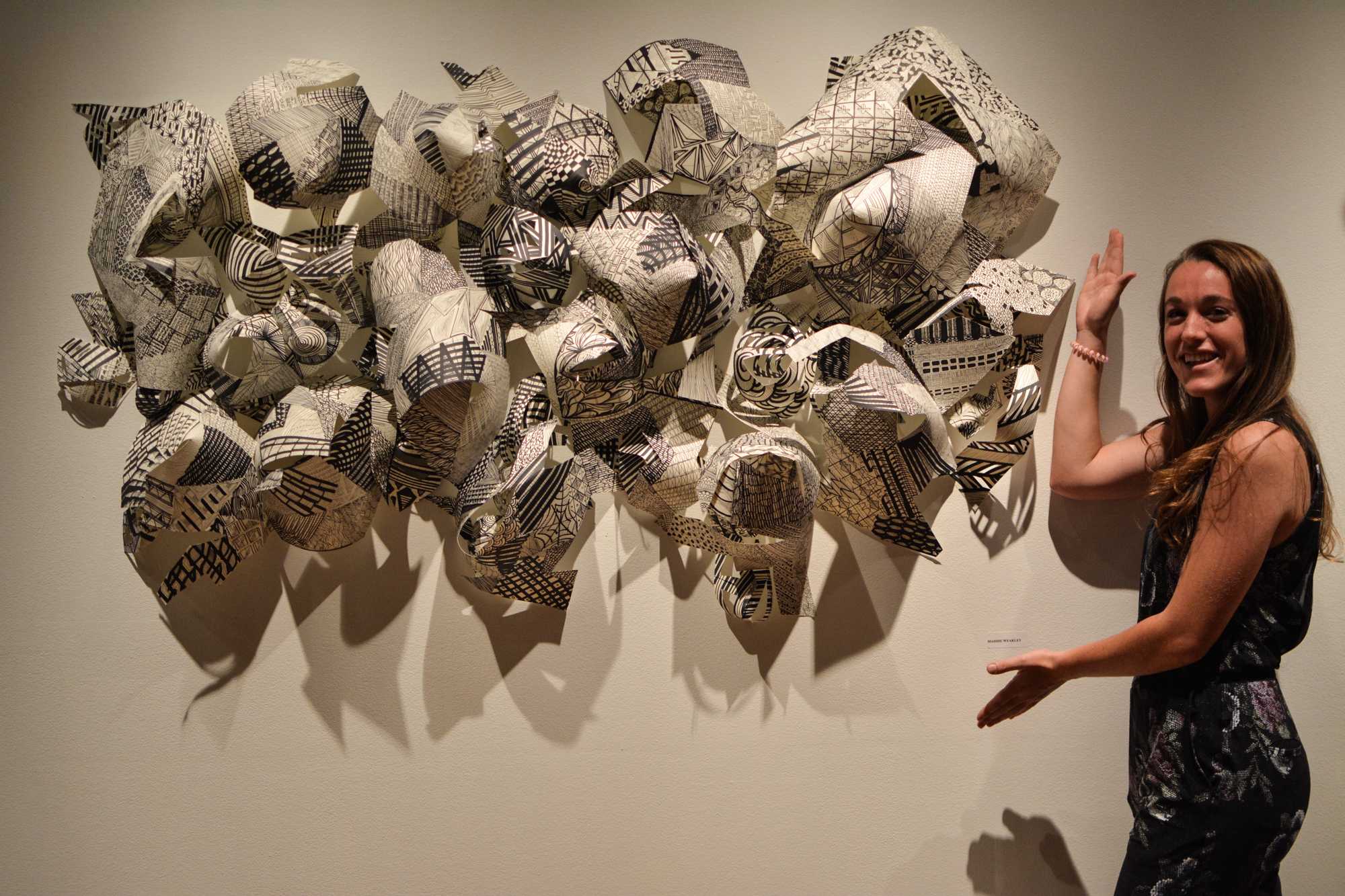
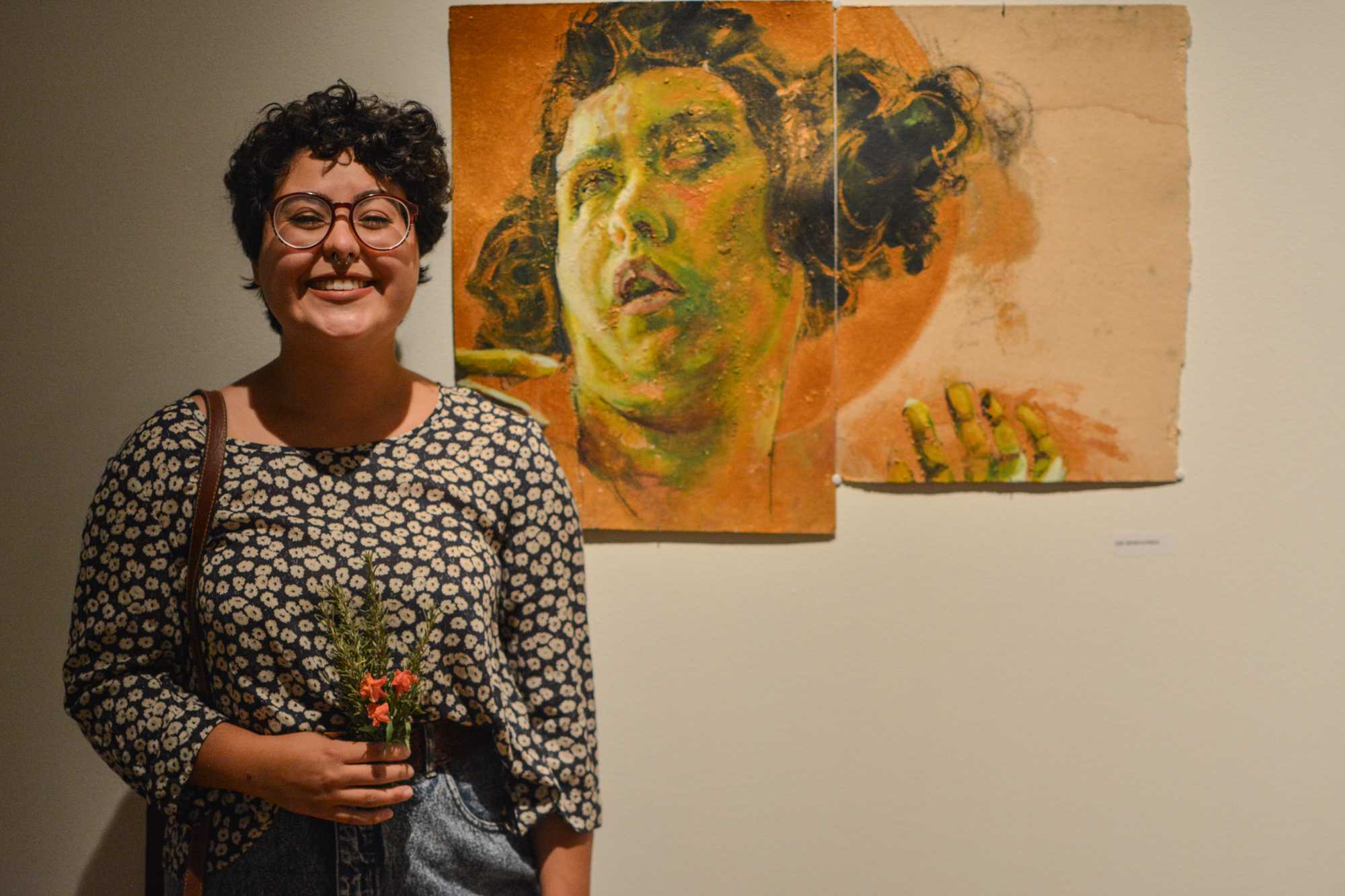
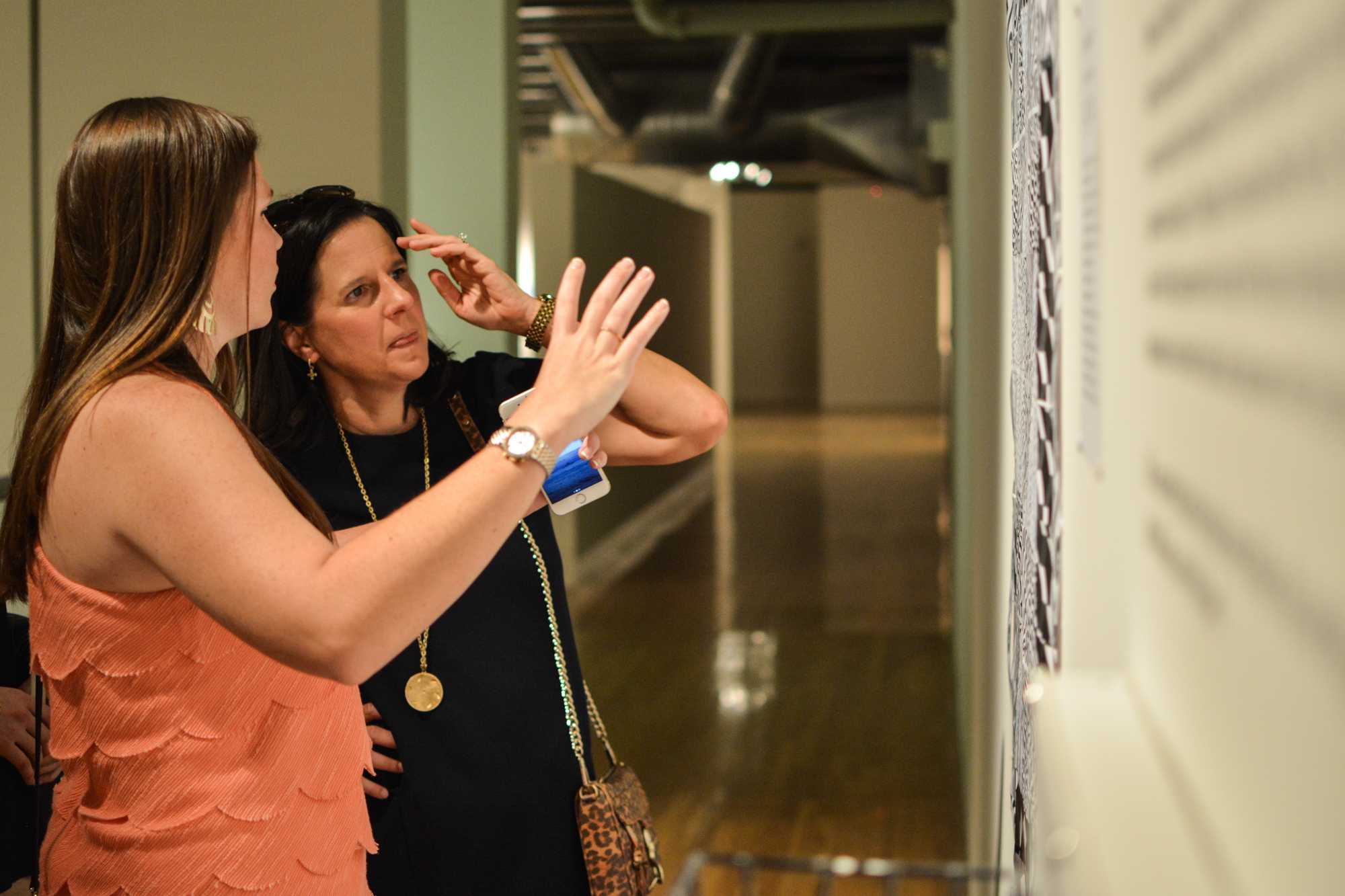
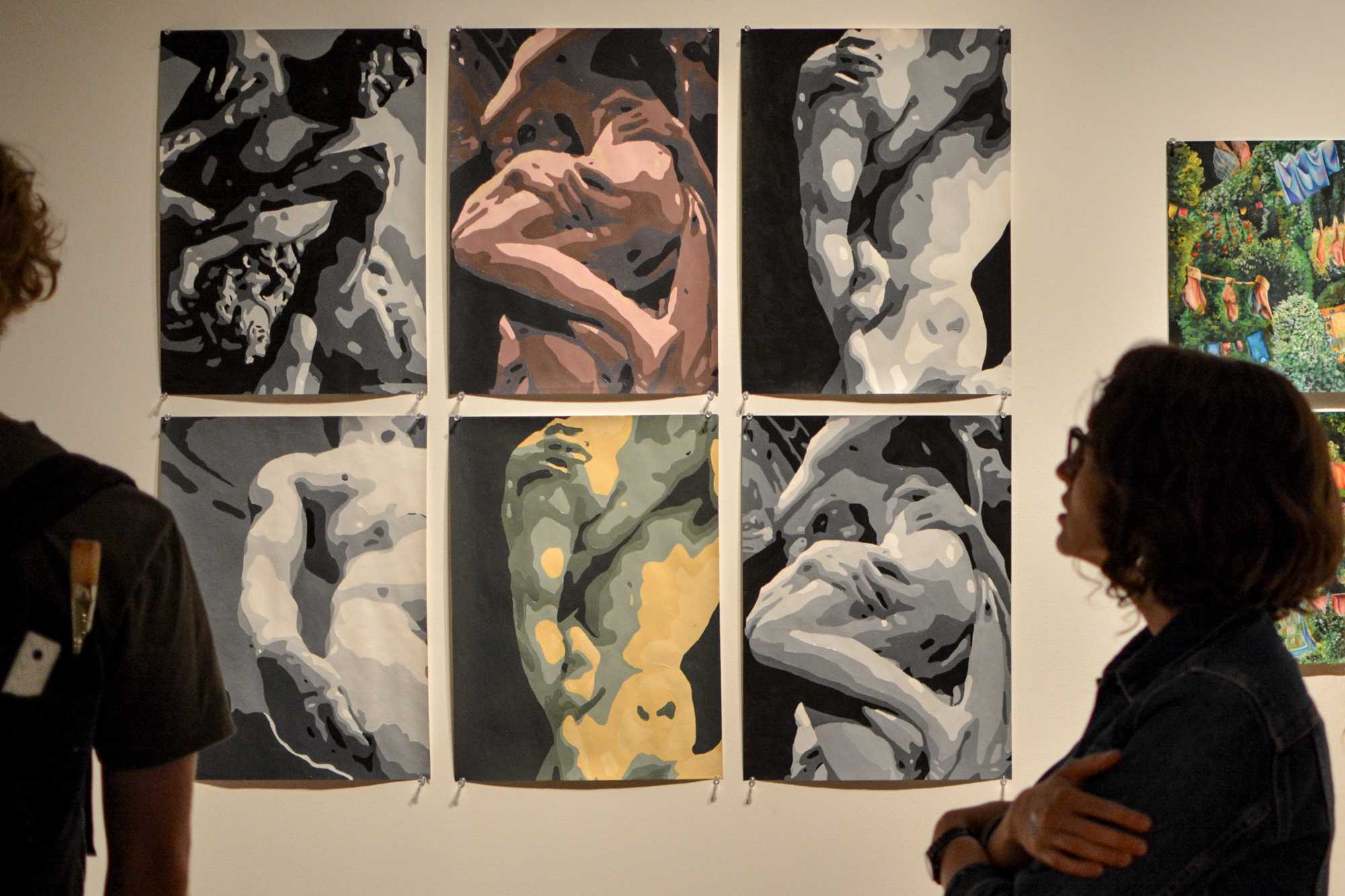
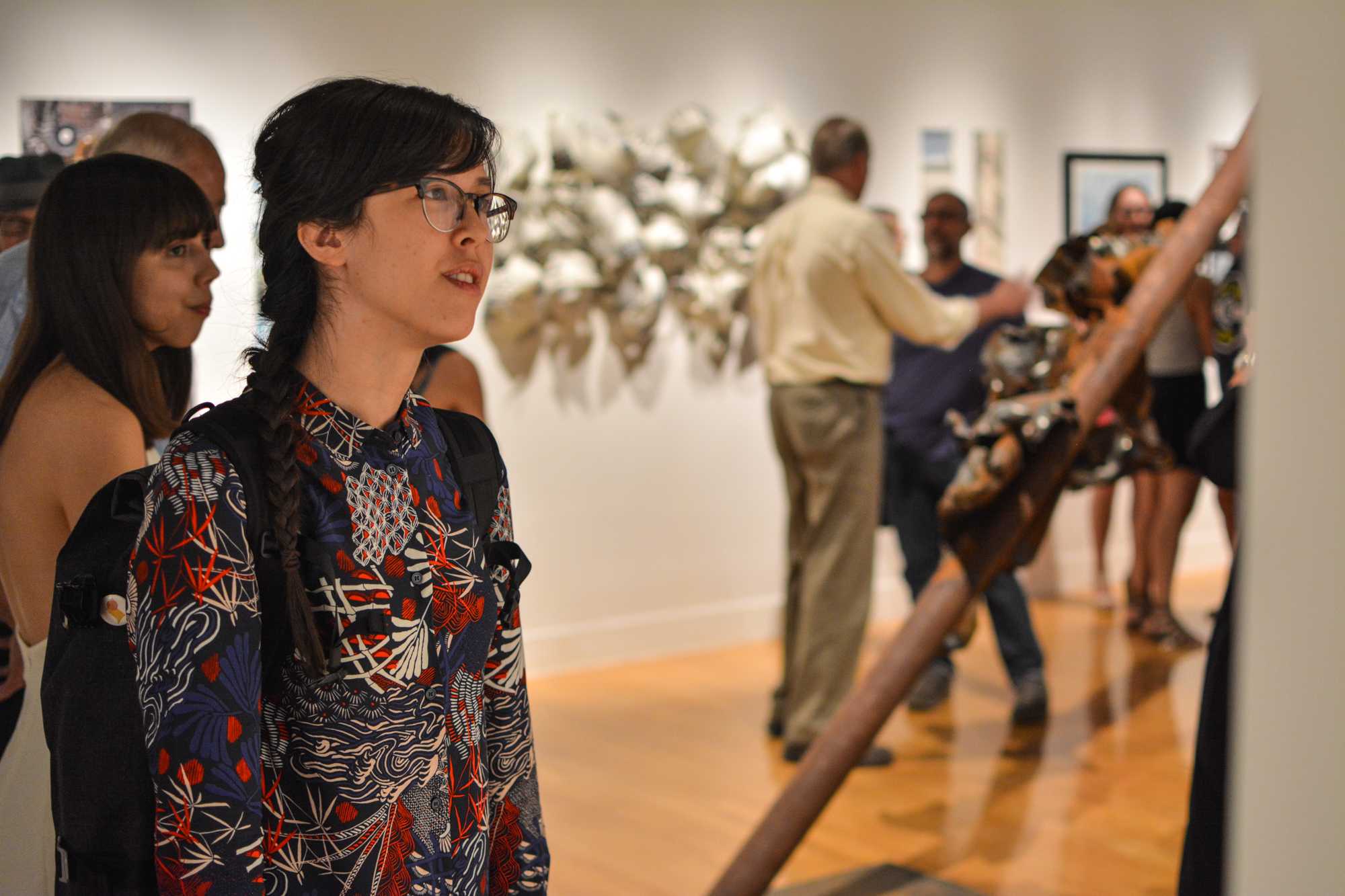
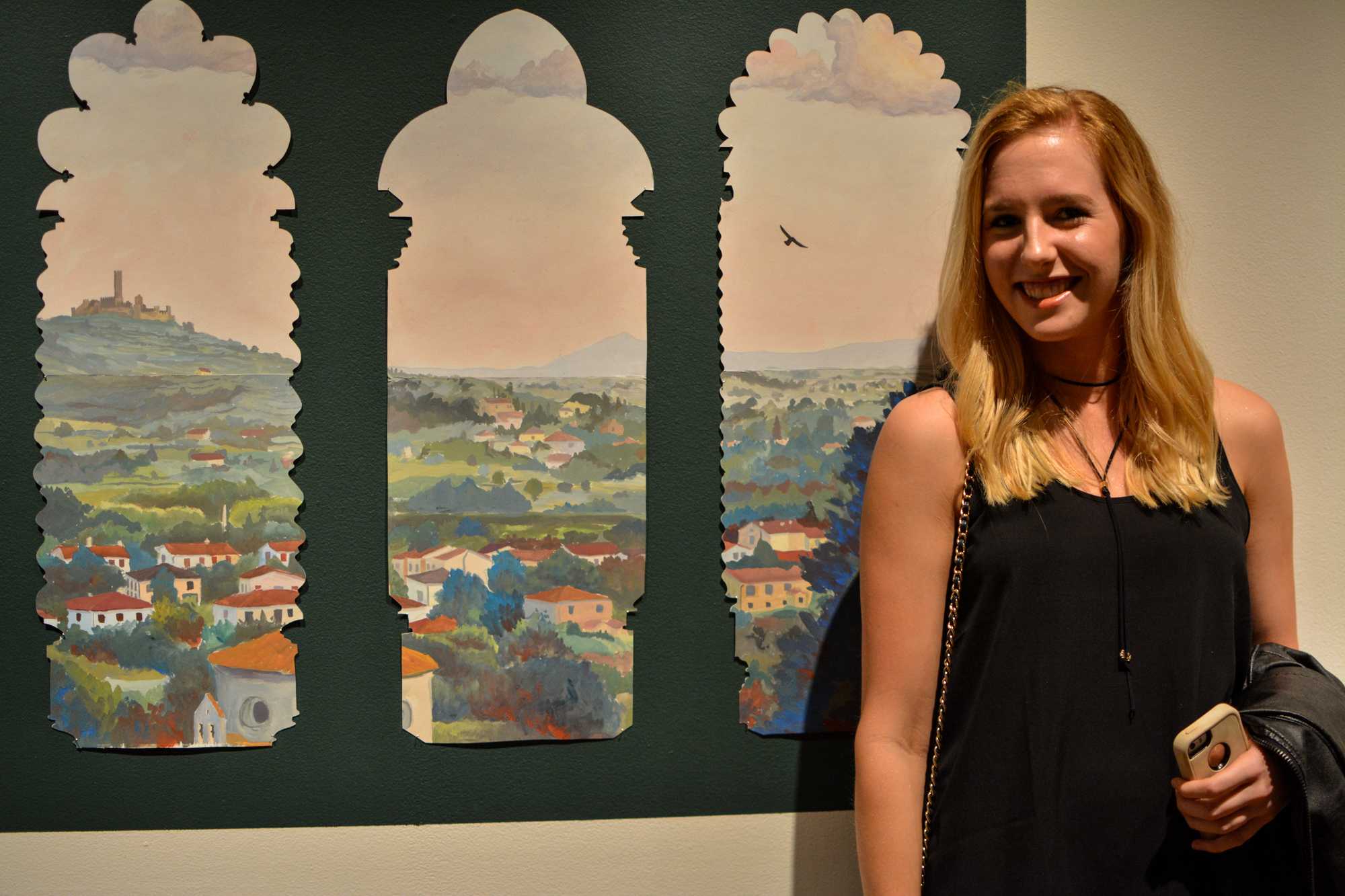
The only thing tying the pieces together was the theme ‘ornamentation’, which required students to focus on the particularly intricate details of famous works of art. The students were not given strict guidelines on how this intricacy should manifest itself in their work. However, senior art major Anna Pedersen says its influence is evident in each piece on view.
“It was unavoidable, given how much time we spent thinking about ornamentation, it was going to impact our work” Pedersen says. “I think it binds our pieces together now.”
This focus was decided by associate professor Michael Mogavero. Mogavero was this year’s invited faculty lead for Learning Tuscany, serving the program for the ninth time as the accompanying professor.
Stressing the importance of seeing the art in its original context, Mogavero says, “When you’re in front of the Duomo, and the 15th century is looking you in the eye, that’s a life experience no student will forget.”
Due to the success of the 2014 Learning Tuscany exhibit, the program was given the VAC gallery space once again. The allowance of actual gallery space gave a chance for students to see their work curated in a professional manner. However, for many, the success of the exhibit instead lies in the work itself, regardless of lighting or backdrops.
“This exhibit feels like a homecoming,” Pedersen reflected. “It’s great to see the work I created in Italy hung up here in Texas.”
Plan II Honors senior Valerie Chang praised the event, “It’s great to see everyone’s pieces hung up. A lot of us didn’t get the chance to see one another’s work while abroad.”
‘Andiamo’ will be on view until October 21 and is free and open to the public.































